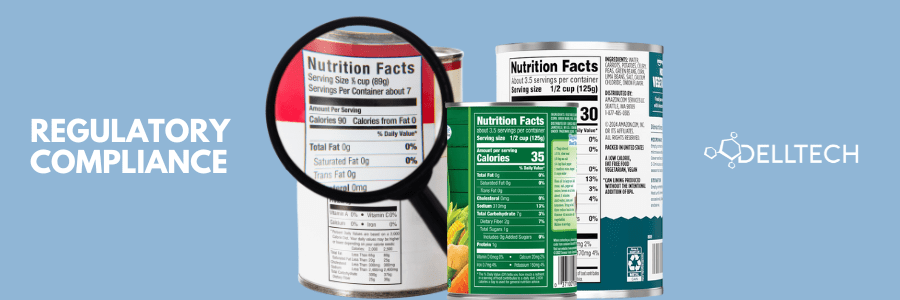By: Joe McCarthy, Lab Service Manager/Senior Regulatory Affairs Specialist, email
On December 9th, 2019, New York State Governor Andrew Cuomo signed into law legislation (S 4389B/A 6295A). This is “An Act to amend the environmental conservation law, in relation to prohibiting household cleaning products, cosmetic products, and personal care products that contain 1,4-dioxane”.
This new law will prohibit the distribution and sale of cosmetics, personal care and cleaning products that contain 1, 4-dioxane (CAS# 123-91-1) in excess of the following limits:
[table id=11 /]
The new law also allows for monetary civil penalties for violation of the limits.
- 1000 $ per day per violation
- 2500 $ per day per violation for second violations
1, 4-dioxane is formed as a by-product in the ethoxylation of anionic and non-ionic surfactants including alkyl ether sulfates, ethoxylated alcohols, polyethylene glycols (and their esters), and sorbitan ester ethoxylates. 1, 4-dioxane is classified by IARC as possibly carcinogenic to humans (Group 2B).
The full text of the legislation may be found here.
Contact:
Dell Tech
Joe McCarthy, Senior Regulatory Affairs Specialist
jmccarthy@delltech.com
519-858-5024





